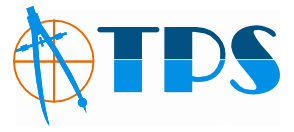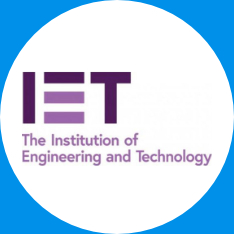Risk management in businesses with global supply chains can be difficult at the best of times, but when they are accompanied by Government regulations and industry standards any problems can put the entire business at risk. Discover how a medium FMCG manufacturer was supported not only to improve their supply base but also their operational effectiveness and how they had to align internal processes to their customer’s requirements.
The Client
- Medium sized FMCG manufacturer
Constraints
- Regulated industry
- Long supply lead times
- Large up-front material investment
- High potential impact from consumer complaints

The Problem
The client’s product uses raw materials supplied from multiple countries and the assembled product is governed by strict UK Regulations and retailer standards. Following a series of consumer complaints and threat of a full product recall, the business had to re-evaluate its processes.
The systems had been set up by the founders and a Venture Capital buy out had brought in a younger sales focused team.
Operational objectives were purely profit biased, with production and supply chain aspects being seen as “cost-centres”. Sales and Business development were viewed as the “Profit Generators”.
Two of the Big Seven retail customers had put sales on hold and given the manufacturer an ultimatum of 3 months to “rectify its deficiencies”, or be in breach of their supplier contract.
What they needed
Firstly, the client needed to understand what these “Deficiencies” were, in the eyes of their customer. They had recognised a critical clash between their (internal) values and their customer’s and understood that this required restructuring their whole value-chain according to operational excellence principles.
They needed to re-align their business focus with their customer’s expectations, to solve a £100 Million revenue problem in less than 3 months.
Customers had highlighted concerns based on previous non-conformances –
Quality Management, Business Systems, Reliability, Staff turnover and Supply Chain Management
They needed help finding the best place to start – and fast.
Choosing The Consultant

The client had quotations from Big Brand consultancies but were expected to have a plan for the consultancies to work from. They wanted hands-on help, an outfit that could work with them to resolve the issues and build their team (in multiple areas in parallel).
They needed a consultancy with decades of experience (in the customer’s areas of concern), and who was committed to their business objectives.
The right outfit had to be capable of scaling quickly, cost effectively and experientially with the project.
The consultancy also needed be focused on Managing Risk whilst implementing Operational Excellence. With the business operating on small profit margins per unit, the consultancy’s ability to adapt with cash-flow constraints was critical to long term success.
Total Productivity solutions’ membership of UK Business Advisors and the Obeya Association (Int’l) enables us to scale the number of specialists according to the needs of a project.
Operational Effectiveness Assessment
Operational Effectiveness Assessment is not for the faint hearted. It requires full transparency and disclosure across the business.
It is an opportunity to improve, to correct frustrations, understand the business better and to build a stronger team and stronger supply chain partnerships.
It sends the message that the business owners care and want long term success.
The Process
- Buy-in from Board and Senior Management Team – full disclosure
- Promote a solution focused mindset – action groups
- Define critical to success elements – measurement & ownership
- Audit Operational Effectiveness
- Risk-Based intervention – define Good Enough
- Agile implementation – make a start, improve, review, adjust, control, move on
Audit Results
The assessment highlighted that a lot was being done right across most departments but focused effort on four performance areas with high impact – low cost ratings.
- Remove the blame culture – See It – Own It – Fix It
- Implement an integrated Business Intelligence System
- Integrate site Quality Management functions with Supplier Quality Validation
- Establish Continuous Improvement practices
Business Benefits
Venture Capitalist investors had sufficient confidence to invest further in improvements.
Material supply issues were corrected at source
Supply chain partnerships were re-established on a “Fair Fee” basis
Better interaction, improved team interaction and reduced staff turnover
Improved productivity and profitability
Improved retail customer confidence – quicker resumption of business
Key statement
“This process uncovered critical operational issues that were hidden behind well-prepared balance sheets – we [Venture Capital Group] now have a healthier business overall.”




